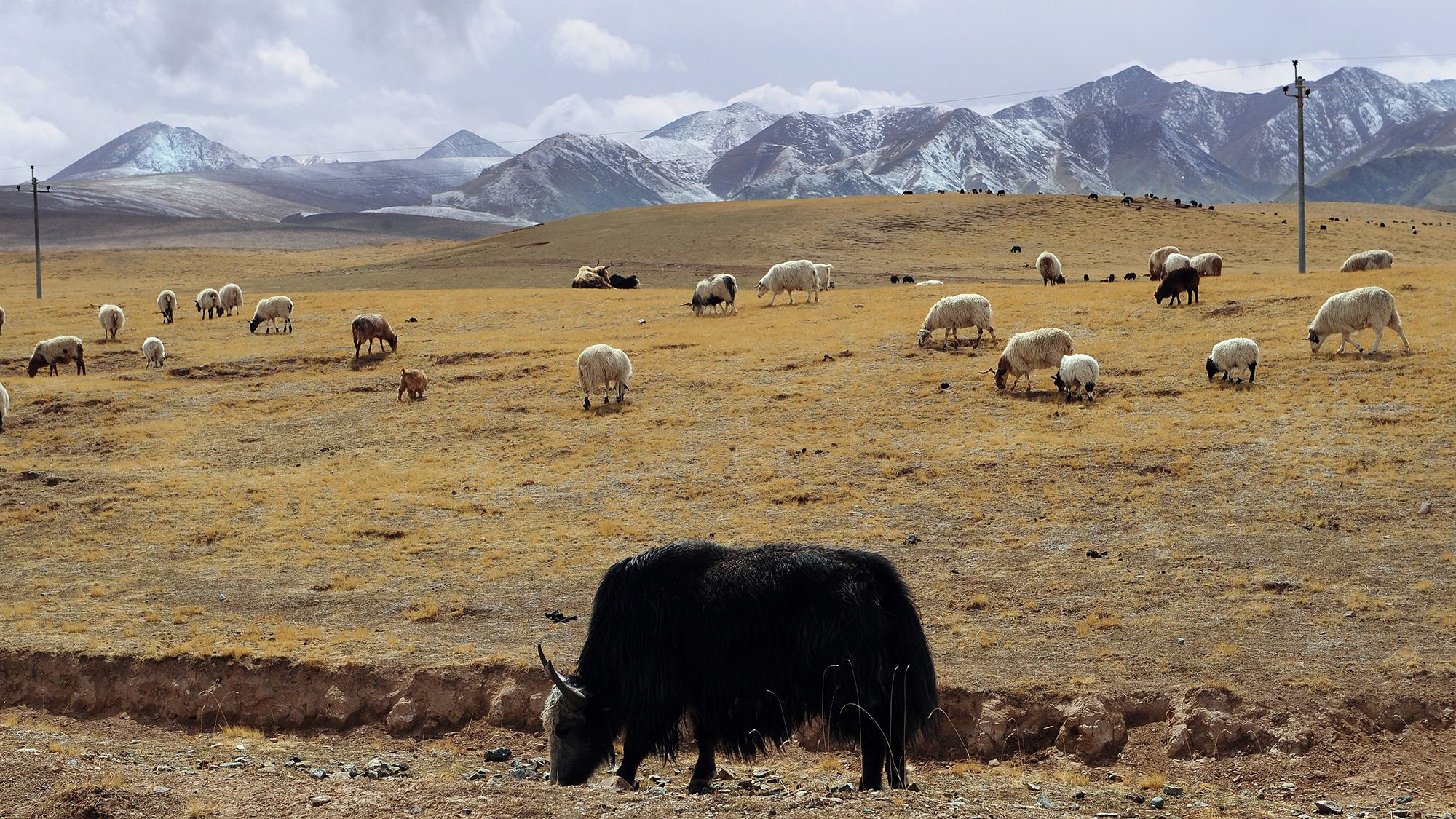

Humans have loved fine cookware and milk for thousands of years across multiple continents. Now, a high-tech protein analysis of cauldrons used by nomadic people in present day Mongolia during the Bronze Age indicates that the cookware was used to make sausages and ferment milk. The findings are described in a study published June 5 in the journal Scientific Reports and potentially pushes back the previously understood timeline of when yaks began to be domesticated in the region by thousands of years.
Late Bronze Age living
The Steppe is a vast area of grasslands, with rolling hills and deserts that stretch from Asia across to Europe. The Eastern or Mongolian steppe is home to large herds of gazelle and antelope and has also been home to humans for at least 45,000 years. These ancient cauldrons first found here in 2019 were used during the Late Bronze age, when most of the humans living there were dairy pastoralists who did not practice farming yet.
“Populations were spread across the landscape, without any types of large or major cities,” Shevan Wilkin, a study co-author and biomolecular archaeologist at the University of Basel and University of Zurich in Switzerland, tells Popular Science. “However, these herders did not wander in a random way, they moved seasonally around the landscape by horseback returning to specific areas with their large herds.”

People lived in rounded white tents called gers. They are easily portable and still used today. The larger and heavier items may have been buried at these occupation sites so that people could return to them without having to bring them along when they traveled.
[Related: Oldest evidence of digested plants in a roughly 575-million-year-old creature’s gut.]
“When they came back to that site the next year their items would be recovered by digging them up,” says Wilkin.
The cauldrons in this study were first discovered underground among other artifacts by a group of herders in northern Mongolia. Wilkin said that the size of the cauldrons were exciting. Radiocarbon dating indicates that the cauldrons were used about 2,700 years ago.
How the sausage gets made
In the study, Wilkin and the team carried out an extensive protein analysis on two of the metal cauldrons. They identified blood remains that primarily belonged to sheep and goats.
“Various historical accounts of the steppe dwellers claim that they regularly drank blood,” study co-author and University of Michigan archaeologist Bryan Miller said in a statement.
[Related: Neanderthals caught and cooked crabs 90,000 years ago.]
The new analysis offers a more clear idea of how blood has been incorporated into the diet of the steppe dwellers. The team believes that blood was collected in the cauldrons to make blood sausages. This practice has modern culinary parallels in Mongolia.
“Today, blood sausage is commonly made on the steppe, however, rather than collecting the blood in metal cauldrons it is collected in plastic containers,” says Wilkin. “Resources can be extremely scarce on the steppe, so all parts of killed animals are used and transformed into foods for caloric intake. This is directly in opposition to halal cooking practices, where the blood is drained but not collected.”
Traces of ancient milk
In addition to blood proteins, the team also detected traces of milk in the cauldrons. They particularly belonged to domestic yaks and cows. Yaks are still herded in the area today and are an important resource for fur and milk.
Previously, the earliest evidence for yak milk consumption came from individuals from the Mongol Empire in about 1270 CE. This new evidence pushes back our understanding of how and when the animals were domesticated by thousands of years.

“I was extremely excited to see yak milk, as the protein sequences between cows and yak only differ by a single amino acid. So if you don’t recover that specific peptide, you will not be able to differentiate the species,” says Wilkin.
Additionally, cow and yak skeletal remains are “almost indistinguishable from each other,” which makes milk proteins an exciting way to determine what animals were present and past human-yak interactions.
Proteins vs. DNA
In future studies, the team would like to investigate more residue from different vessels, regions, and time periods. This could help better understand the seemingly endless ways that people from various regions make foods from the plants and animal species available to them. Advances in protein analysis in archaeology can help make this possible.
“Proteins last longer than DNA, and can be recovered from more contexts,” says Wilkin. “Furthermore, proteins differ by tissue. So, as opposed to DNA which can ID species, we can say whether the proteins we find are from milk, blood, skin, hair, etc, which provides additional information on what parts of specific animals were relied upon in complex subsistence systems.”
